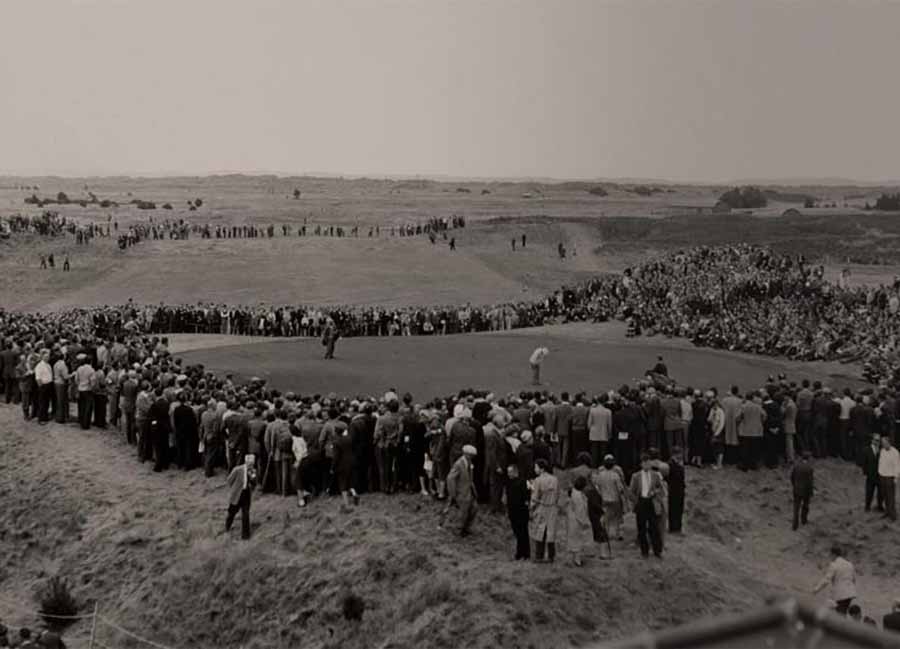
Portmarnock Golf Club, located on a peninsula in County Dublin, Ireland, just 10 miles north of Dublin city and near Dublin Airport, is one of the world’s premier links courses, with its wind-swept links and iconic par-3 15th hole. The club’s 27-hole links, with the championship Red and Blue nines stretching over 7,466 yards, is celebrated for its fairness and variety, with no two holes playing in the same direction.
The R&A revealed its interest in exploring Portmarnock as a potential venue for The British Open Championship or AIG Women’s Open in October 2023. The club’s 2021 gender-neutral policy shift and government support (confirmed by Cabinet in October 2024 with €35–45 million investment) have strengthened its candidacy. Rory McIlroy and Shane Lowry have endorsed the idea, citing the course’s quality and accessibility. Portmarnock is also set to host the R&A Women’s Amateur Championship in 2024, further elevating its profile. A feasibility study was launched to assess hosting requirements.

History of Portmarnock Golf Club

Portmarnock’s history is intertwined with Irish golf’s evolution, from its founding in 1894 to its role as a stage for legends like Harry Vardon, Arnold Palmer, Seve Ballesteros, and Phil Mickelson. Its championship course, with its fair yet demanding design, has hosted 75 major championships, more than any other Irish course. The 15th hole, with its Irish Sea backdrop, remains a global icon, while the course’s timeless layout and prestigious tournaments have earned comparisons to Muirfield. Portmarnock’s legacy as a “pure” links test continues to draw golfers worldwide, cementing its place among the game’s elite venues.
The story of Portmarnock golf began on Christmas Eve 1893, when Scottish insurance broker William C. Pickeman and his friend George Ross rowed from Sutton to the Portmarnock peninsula to scout its potential for a golf links. The 500-acre peninsula, surrounded by the Irish Sea and Baldoyle Estuary, was ideal for its sandy duneland. At the time, the land, part of the Jameson Estate (of whiskey fame), had been used as a private golf course by John Jameson since the 1850s.
The club was formally established in 1894, with the initial nine-hole course opening on Saint Stephen’s Day (December 26, 1894), designed with input from Pickeman, Ross, and Mungo Park, the 1874 Open Champion, who served as the club’s first professional. The course expanded to 18 holes in 1896, accompanied by a new timber clubhouse with a corrugated iron roof. A third nine-hole loop (Yellow Nine) was added in 1971 by architect Fred Hawtree, bringing the total to 27 holes. The championship course, comprising the Red and Blue nines, retains much of its original layout but has been lengthened to over 7,466 yards from the championship tees. The only significant routing change was the addition of the now-iconic par-3 15th hole in 1927, designed to run parallel to the coast and considered one of golf’s finest par-3s.
The first clubhouse, a rented thatched cottage near the current 1st green, was replaced in 1896. A fire destroyed the clubhouse in 1905, but thanks to Pickeman’s insurance expertise, the club was well-covered, enabling a quick rebuild. A new clubhouse opened in 1906, with further expansions and a major renovation in 2003 to modernize facilities. The course itself saw upgrades, notably in 1905–1906 for the 1907 Irish Open Amateur Championship and in 2003 by Martin Hawtree, who refined greens and added tees to prepare for the Irish Open.
Portmarnock’s men-only membership policy, upheld under Ireland’s Equal Status Act, sparked controversy. In 2003, the Equality Authority challenged the policy, leading to a seven-day suspension of the club’s drinks license. The decision was overturned by the High Court in 2005 and the Supreme Court in 2009, affirming the club’s exemption as a single-gender entity. However, in May 2021, members voted to end the 127-year men-only rule, adopting a gender-neutral policy, which opened the door for hosting major tournaments with government support.
Consistently ranked among the world’s top courses (e.g., No. 15 in Britain & Ireland by Golf World in 2025), Portmarnock is praised for its fair yet challenging links design, with no two consecutive holes playing in the same direction, testing players’ ability to adapt to shifting winds. Golf luminaries like Tom Watson have lauded its “honest” test, and Bernard Darwin famously praised the “brutal” finish of the last five holes.
Portmarnock has hosted more significant golf tournaments than any other Irish course, earning a reputation as a venue for elite competition. Below is a comprehensive list of its major professional and amateur events, with notable winners and details:
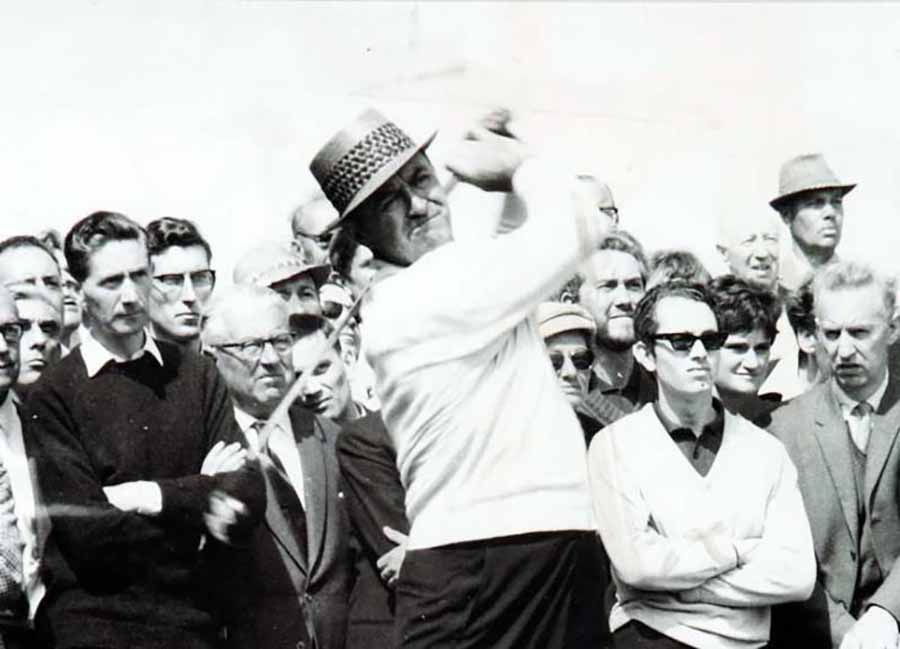
Major Tournaments:
Since its foundation in 1894, Portmarnock has hosted 75 major championships, more than any other golf course in Ireland.
- Irish Open (1927–2003, 19 stagings) : Portmarnock hosted the inaugural Irish Open in 1927, the first professional open in Ireland, organized by the Golfing Union of Ireland. It staged the event 19 times, a record, with 13 occurrences after the tournament’s revival in 1975. The last Irish Open at Portmarnock was in 2003. Notable Winners included Fred Daly (1946): First Irishman to win the British Open Championship, Dai Rees (1948): Welsh golfing legend, Ben Crenshaw (1976): Two-time Masters champion, Hubert Green (1977): US Open winner, Severiano Ballesteros (1986): Spanish icon and three-time British Open champion, Bernhard Langer (1987): Two-time Masters champion, Ian Woosnam (1988, 1989): Masters champion and World No. 1, José María Olazábal (1990): Two-time Masters champion and Michael Campbell (2003): New Zealand’s U.S. Open winner.
- Canada Cup (1960, now World Cup of Golf): Organized with significant effort by Pierce Purcell, the event cost £30,000, funded by Irish Dunlop, the then Bórd Fáilte, and gate receipts. Newcomer Arnold Palmer and Sam Snead led the U.S. to victory, with Palmer praising the course for teaching him new links shots. Flory Van Donck won the individual title with a score of 279. Four years after capturing the title alongside Ben Hogan at Wentworth, Sam Snead teamed up with newcomer The Irish team of Christy O’Connor and Norman Drew secured fourth place, while Flory Van Donck claimed the individual honors with a score of 279. The absence of Harry Bradshaw, who was pivotal in Ireland’s victory in 1958, was understandably disappointing for the host club. Unfortunately, illness meant he wouldn’t have been able to participate even if he had been selected.
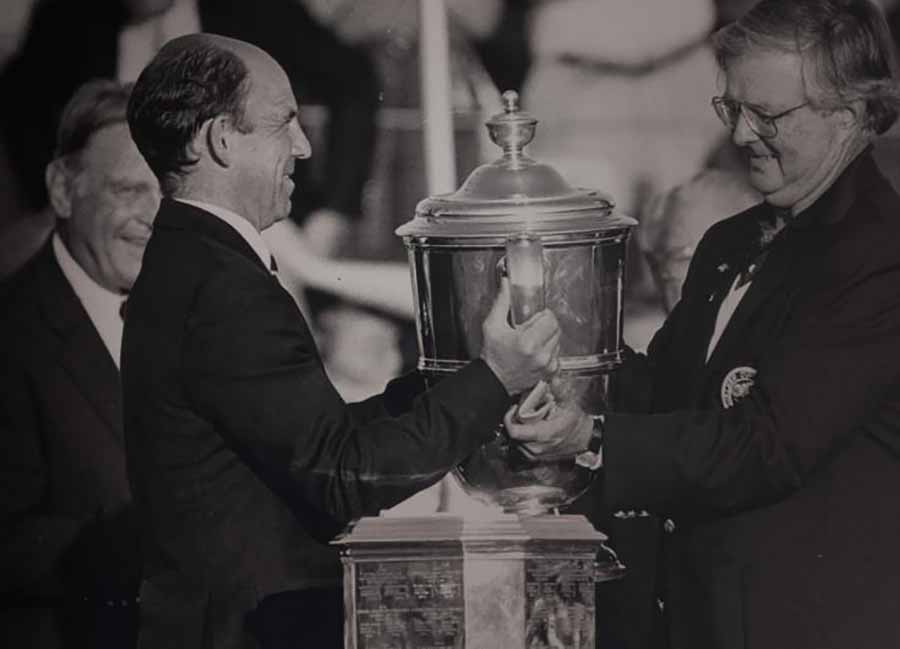
- Walker Cup (1991): The biennial amateur match between Great Britain & Ireland and the U.S. saw a U.S. victory, with a team including Phil Mickelson and David Duval. Mickelson’s sandwedge pitch on the 18th green sealed a memorable win, and his practice feat of hitting the 15th green both right- and left-handed became legendary. Padraig Harrington and Paul McGinley represented the home team. The event highlighted Portmarnock’s suitability for team competitions, with its challenging layout testing young stars who later became major champions.
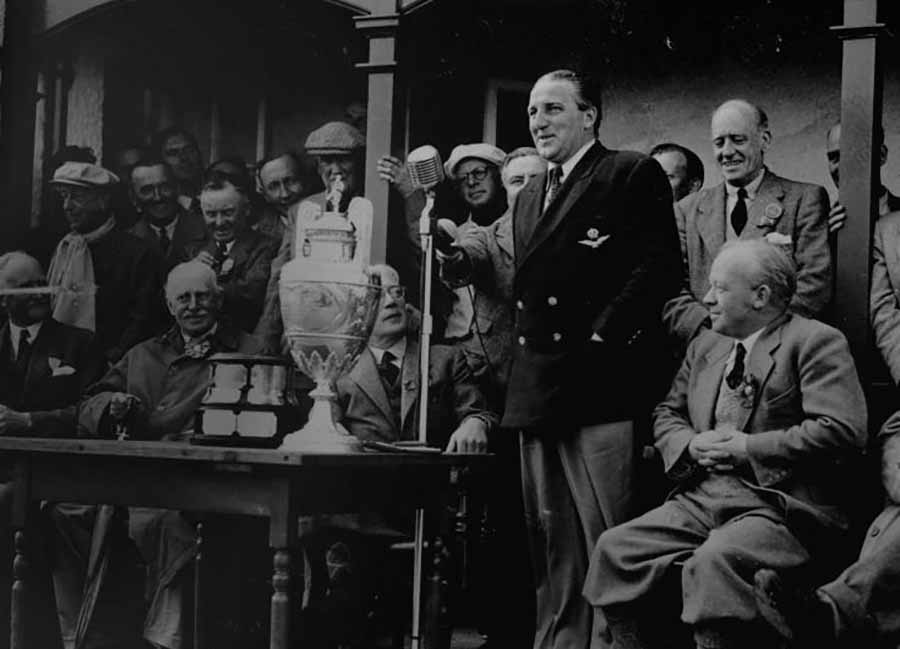
- British Amateur Championship (1949, 2019): Max McCready (Ireland) defeated Willie Turnesa in the 1949 final, a significant home victory. The event returned in 2019 to mark Portmarnock’s 125th anniversary and the 70th anniversary of the 1949 event, it was only the second time the championship was held outside Great Britain. The event drew top amateurs, reinforcing the club’s historical ties to the tournament.
- European Men’s Amateur Team Championship (1997): Portmarnock hosted this team event, showcasing Europe’s top amateur talent. Team Spain team defeated defending champions Scotland in the final, 4.5-2.5 and host nation, Ireland, finished in third place.
- St. Andrews & Jacques Léglise Trophy (2012): This junior event saw the Continent of Europe defeat Great Britain & Ireland, played on Portmarnock’s windswept links. It tested young players in challenging conditions.
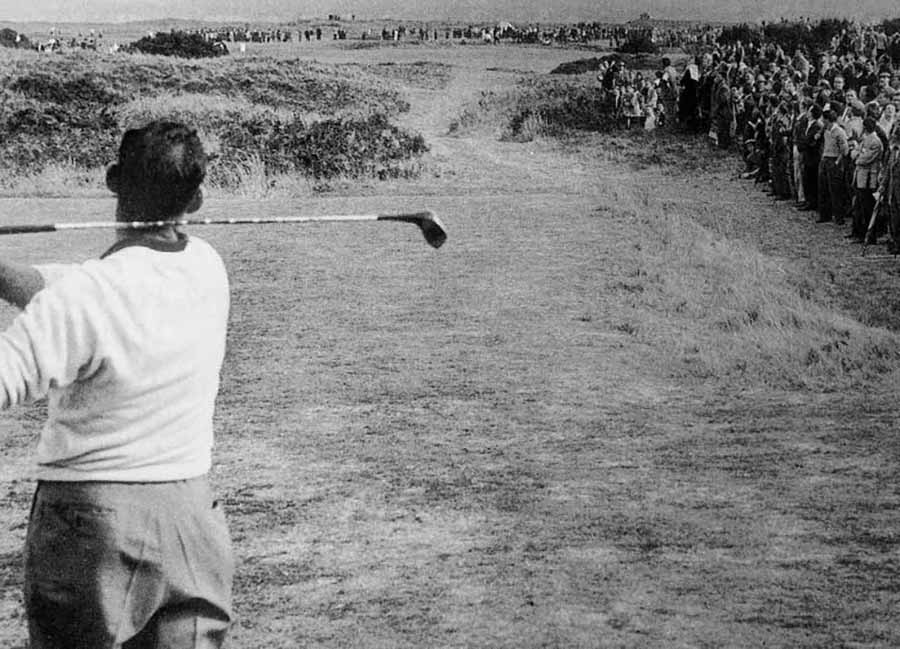
- British Masters (1959, 1965): A professional event on the then British circuit, for a restricted field with no 36-hole cut. It was won by Ireland’s Christy O’Connor senior in 1959 and England’s Peter Hunt in 1965.
- Alcan Golfer of the Year Tournament (1970): Won by Bruce Devlin, with Ireland’s Paddy Skerritt capturing the Alcan International title. American organizer Doug Smith chose Portmarnock due to the 1960 Canada Cup’s success.
- Shell’s Wonderful World of Golf (1960s): A televised match featured Billy Casper defeating Harry Bradshaw, with Gene Sarazen as commentator, boosting the course’s global visibility.
- British Ladies Championship (1931): The first time this event was held on Irish soil, it drew large crowds for a five-day matchplay format, with Enid Wilson defeating Wanda Morgan in the final.
- Irish Amateur Open Championship. Portmarnock has hosted the Irish Amateur Championships more frequently than any other course. The Amateur Open, a stroke-play event open to top amateur golfers from Ireland and abroad, was first hosted by Portmarnock in 1907 after a series of course upgrades in 1905–1906 to accommodate the growing field, with John Ball, an eight-time British Amateur champion, among the competitors. The 1948 championship saw the legendary James Bruen compete, though Willie Turnesa won the title. Portmarnock hosted again in 1968, with a strong field including future professionals like Eddie Polland. And 1998, when the championship returned to celebrate Portmarnock’s centenary.
- Irish Amateur Close Championship. Portmarnock hosted the Close Championship in its formative years, with events in the 1920s and 1930s showcasing rising Irish talents like Lionel Munn and John Burke. The course’s coastal winds and strategic bunkering tested match-play tactics. Portmarnock’s regular hosting during this period featured players like Garth McGimpsey, who won multiple titles and later competed in the Walker Cup. The championship was noted for producing dramatic finishes, especially on the brutal closing holes (14–18). Future professional Shane Lowry won the title in 2009, a pivotal moment in his career before turning pro and winning the 2019 Open Championship
